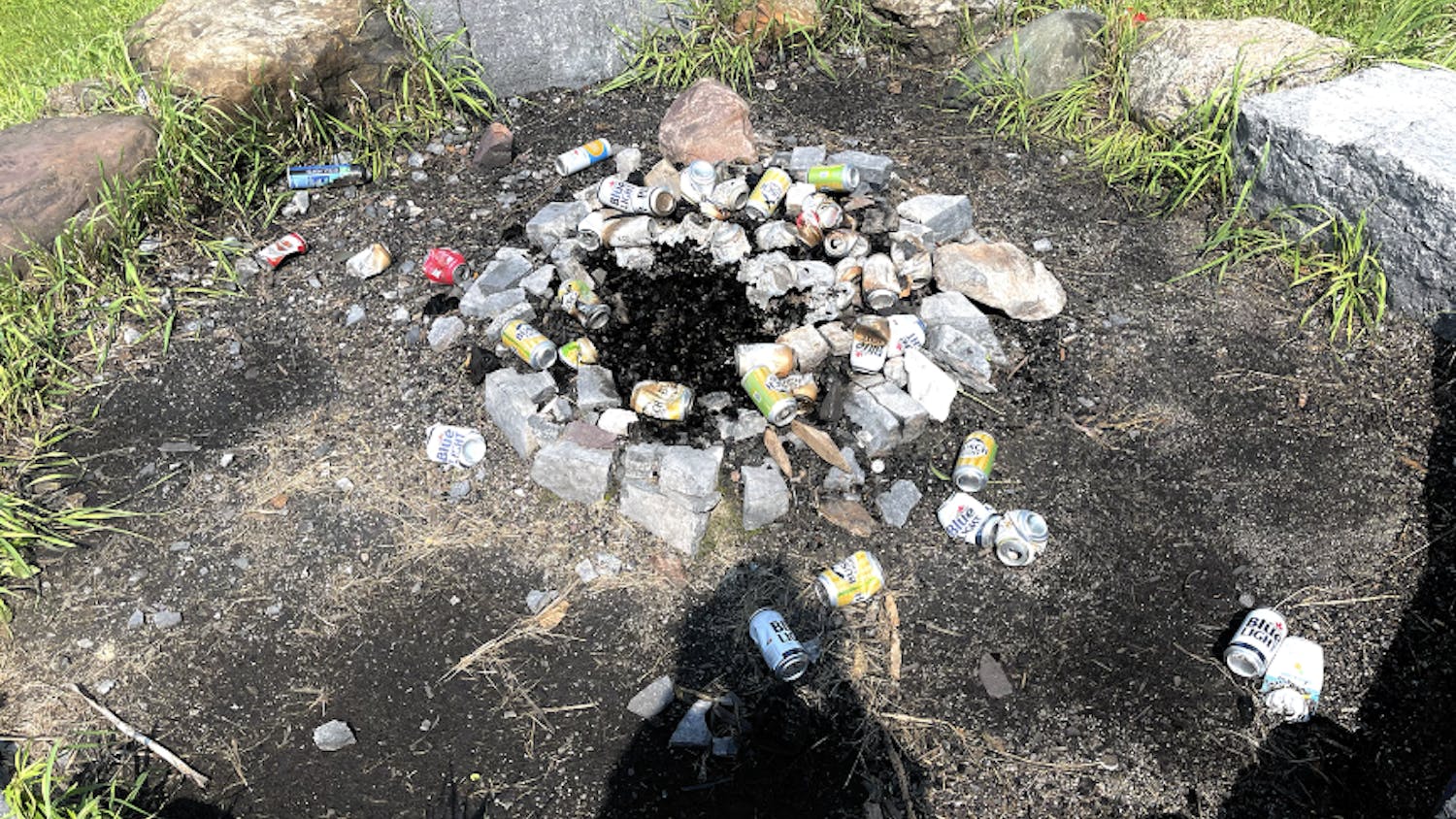The Sacramento Bee reports that the State of California is the world’s eighth largest economy, valued at about $2 trillion (USD); it is tied with Italy and the Russian Federation. Agriculture in California accounts for around $21.4 billion in revenue, which leads all other states (Iowa is second with around $6.8 billion.) California produces a sizable majority of the nation’s fruits, nuts and vegetables; the state produces 90 percent of all the nation’s broccoli, 99 percent of walnuts, and 97 percent of plums, to name a few crops (Western Farm Press). However, the state is in the fourth year of a crippling drought and water is scarce. Citing figures from the Wall Street Journal, agriculture requires almost 40 percent of California’s water, with environmental conservation taking about 50 percent, and millions of urban users getting the rest. With a huge agricultural economy and substantial population growth, the California drought is making it clear that the Democrats in Sacramento and Washington put rare fish before people.
First, it is important to understand how much water is being flushed in the name of environmental protection each year. About 4.4 million acre-feet of water per year (that is enough water to sustain about 4.4 million families for an entire year); thousands of acre-feet of water are released into the Sacramento-San Joaquin River Delta each day in order to protect the endangered delta smelt, even during the drought. This is water that farmers need badly. Surface water storage is getting dangerously low, which is forcing farmers to rely heavily on pumping ground water to maintain their crops. Moreover, due to the Federal Central Valley Improvement Act, (spearheaded by my former Congressman, George Miller), farmers have been facing surface water regulations for years, and have been making up for the difference by pumping ground water. This is expensive, and often the smaller farms cannot incur the costs. This has also caused hundreds of thousands of acres of land to be left fallow since the law’s passage in 1992.
In addition to the 4.4 million acre-feet of water that the state has set aside, over 2 million acre-feet have been released into the San Francisco Bay because reservoirs were too full. Yes, too full. In fact, California’s population growth has been outpacing its water storage capabilities for years, but Democrats have been too busy thinking of the “common good” to address the issue, even though funds have been set aside by ballot propositions to do so. The last significant expansion of California’s water storage facilities was in the 1970s, when the population was only 19 million (it is now almost 38 million.) Even if localities want to expand their water storage capacities, it is not unusual for a sizable amount of the project cost to be derived from “environmental mitigation.”
Governor Brown, and Democrats who control a healthy majority in both the California Assembly and Senate, will not act on either the issue of water storage or allowing valuable water to escape into the sea. It is much easier for them politically to regulate consumption and point fingers.
So while the Democrats are busy legislating for the “common good,” Speaker Boehner (R-OH), former Majority Leader Cantor (R-VA) and former Majority Whip McCarthy (R-CA) passed emergency water legislation through the U.S. House in 2012 and 2013 in order to secure water to grow our food. The primary contents of these two bills, which were struck down in the Senate by former Majority Leader Reid (D-NV), Sen. Boxer (D-CA) and Sen. Feinstein (D-CA). involved simply enforcing the longstanding water agreements that have been on the books, in some cases, for a hundred years. This would have allowed farmers to receive all of their contractually allocated water, instead of the meager 45 percent they received in 2010.
Now the issue of individual consumption needs to be addressed, which takes up only ten percent of all of California’s water. As Erin mentioned last week, there have been disparities in water usage between counties. The more inland and agricultural counties use much more water than the other regions of the state, for reasons already stated. As Erin mentioned, it is often the more well-off counties that need to cut back consumption. Marin County, for example, uses 154.8 gallons of water per capita; San Francisco County uses almost half of that. Yes, lawns will need to die, and prices will need to be raised, but Gov. Brown should also invest in water infrastructure and stop putting the burden of the drought almost exclusively on farmers.
Erin made another good point last week—“the wealthy need to stop and remove their blinders.” Out of the top ten richest counties in the state, only two swung Republican in 2014—Orange County and Placer County (six and seven on the list, respectively), and by narrow margins. Marin topped the list and went 78.2% for Gov. Brown (Politico and City-Data.com). In California, the richer Bay Area and Los Angeles Area swing towards the Democrats, and the more agricultural center of the state trends more Republican, contrary to Erin’s assertions last week. I hope the state abandons its “Democratic mentality” of overprotecting the environmental interests while waiting to act until the situation is critical, and instead starts addressing the drought in a way that will help all honest, hardworking Californians make it through this drought.



